Have you ever received a link via text or email?
On the one hand, the promises made before this link seem very tempting, but on the other hand, you have heard enough horror stories about malicious links and scam attempts to know better than to trust it right away.
Luckily, several safe link checkers can help you decide which link is worth trusting and which will bring you a lot of confusion and frustration.

A safe link checker is a tool or service that checks links for potential security risks, such as malware or phishing attempts.
The tool will check the destination URL of a link to ensure that it is safe to visit and may also check the reputation of the website or organization associated with the connection.
Some safe link checkers also check for broken links or other issues that could negatively impact the user experience.
We went through the hassle of evaluating a bunch of safe link checkers and narrowed the list to only 10 of the best options.
Google Transparency Report is one of the most convenient and easy-to-use safe link checkers. All you have to do is go to https://transparencyreport.google.com and enter the URL you are unsure about, and Google does the rest for you.
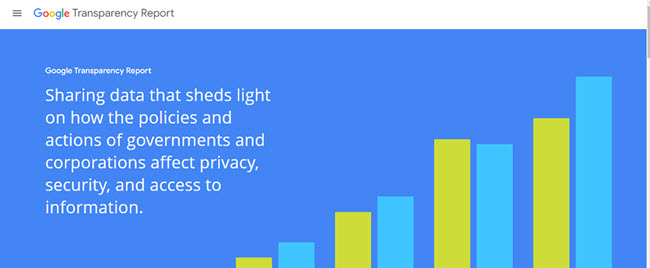
Pros:
Cons:
Another quick and easy way to test the reliability of a link is to use Norton Safe Web. Simply enter the URL in the search field, and Norton Safe Web gives you an in-depth report containing the rating and community reviews regarding the URL.
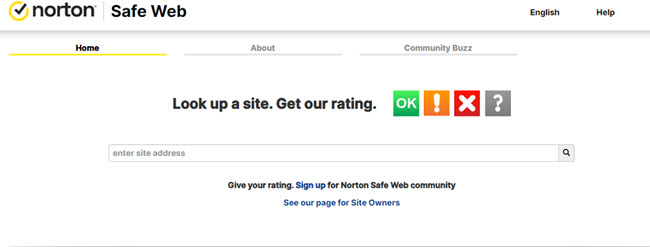
Pros:
Cons:
EASYDMARC was primarily aimed to help businesses protect themself and their data, but now it is used by people from all walks of life to test the authenticity of a URL.
EASYDMARCH Phishing URL Check scans the URL you provide and tells you whether it is “good” or “suspicious”.
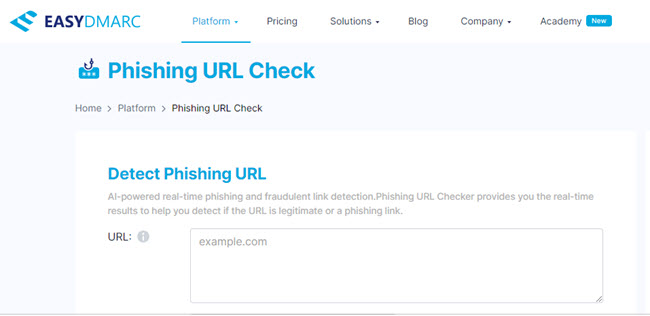
Pros:
Cons:
ScanURL is a simple and effective tool to help you figure out if a link is malicious. This safe link checker will check whether the URL has been reported for phishing, hosting malware/viruses, or has a suspicious reputation.
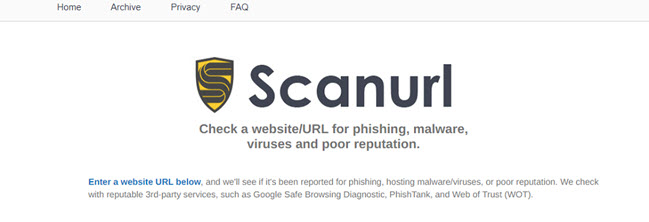
Pros:
Cons:
Yet another way to check if a link is safe is to use dfndr lab’s URL checker. This secure link checker prompts you to enter the URL and lets your mind know whether it is malicious.
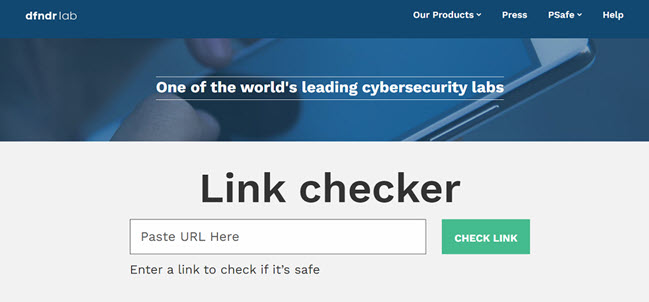
Pros:
Cons:
PhishTank serves as an extensive database of phishing attacks. If the link you wish to check has a track record of baiting people into traps, PhishTank will let you know.
If no record exists, but you still feel suspicious, you can lodge a report, and PhishTank will keep you updated about its status.
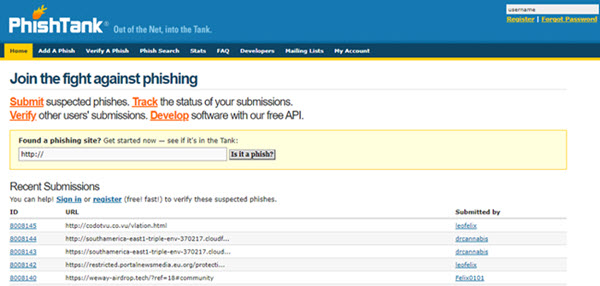
Pros:
Cons:
URLVOID makes it easy to check the validity of a potentially malicious URL. This safe link checker takes in your URL and generates a detailed report about how harmful the website may be.
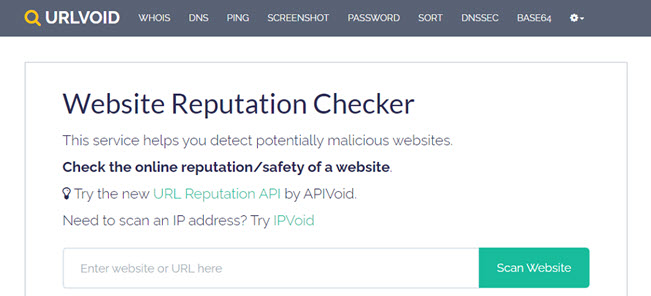
Pros:
Cons:
VirusTotal is a convenient and easy-to-use safe link checker used to test the validity of a URl. It works in tandem with anti-malware engines to detect viruses, malware, and trojans associated with the link.
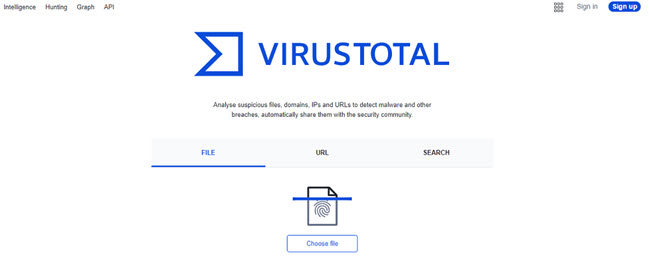
Pros:
Cons:
If you doubt how safe a website URL is, you can trust Sucuri SiteCheck. It remotely checks a URL for signs of security threats, malware, and fraud.
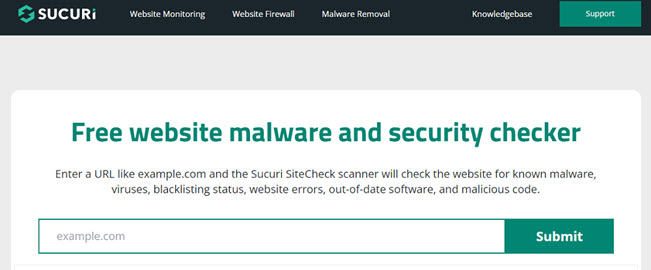
Pros:
Cons:
Email Veritas is a cybersecurity service with many features, including the ability to check the validity of a URL. You simply give the URL as an input, and this safe link checker tests it for phishing, scam, and fraud.
Pros:
Cons:
It is much easier for adults to protect themselves against malicious attacks on the internet than for susceptible kids.
Therefore, it falls on the shoulders of parents and guardians to ensure their children are safe on the internet and do not fall into the traps of an unsafe link.
Yeespy is one of the most useful apps worth considering when monitoring unsafe links on your kid’s phone and blocking harmful apps and websites to keep them from harm.
The software can track social media, text and call data, alerting you to any malicious schemes being hatched. You can then use the website blocker provided by Yeespy to block out and eliminate such threats.
You can start to check link safety by following the installation steps mentioned below:
Step 1: Make A New Account on Yeespy
Share your email address to set up your free Yeespy account.
Step 2: Install the App
Set up the Android app on the kid’s phone by reading and applying the instructions.
Step 3: Block the Unsafe Website
Open the control panel and click on Controls. Select Website Block from the list and enter the unsafe link. Finally, click Add.
Step 1: Sign Up Free of Cost on Yeespy
First, create a new account on Yeespy. Enter your email address!
Step 2: Enter the iCloud Credentials
Now, share the child’s iCloud account information to verify the iOS device.
Step 3: Block the Unsafe Website
Go to the control panel, and tap the Controls. Next, click Website Block and add the malicious URL before clicking the Add button. The list will be updated.
Yeespy comes with many other features which can help you in assuring the safety of your loved ones.
Not only can you track their real-time location, but you can also keep an eye on their social media activity, SMS and call history, media files, and emails to ensure no malicious links are being sent anywhere.
While there are many competitors, Yeespy still pulls ahead with its myriad features to give you a complete and total experience. We put a lot of apps through rigorous tests, but none offered the same peace of mind as Yeespy did. Additionally, it comes highly recommended by satisfied users.
There are several signs that a link may be suspicious.
Some of these include:
If you accidentally click on a suspicious link, it is important to take immediate action to protect your device and personal information. The first step is disconnecting your device from the internet by disconnecting from the WiFi.
Next, run a full scan of your device with an antivirus or anti-malware program to detect and remove any potential malware.
If you suspect your personal information may have been compromised, you should also change any relevant passwords and monitor your financial accounts for suspicious activity.
Also, contact your bank and any other relevant financial institutions to alert them of the situation and ask for their help protecting your accounts.
Considering how far we have evolved in technology, you cannot be too careful on the internet. All our personal and sensitive information has been stored digitally.
We cannot risk people with malicious intentions gaining access to this information.
Safe link checkers not only help us prevent malicious attacks on our personal information, but they can help us protect the ones we love and care about the most.
Another way you can protect yourself against such malicious attacks is by using Yeespy’s website blocker, which acts as a shield between you and viruses, scams, and frauds.

Check loved one’s location, view their entire chat history across SMS and social apps and block inappropriate applications remotely while remaining undetected. No root or jailbreak is required.